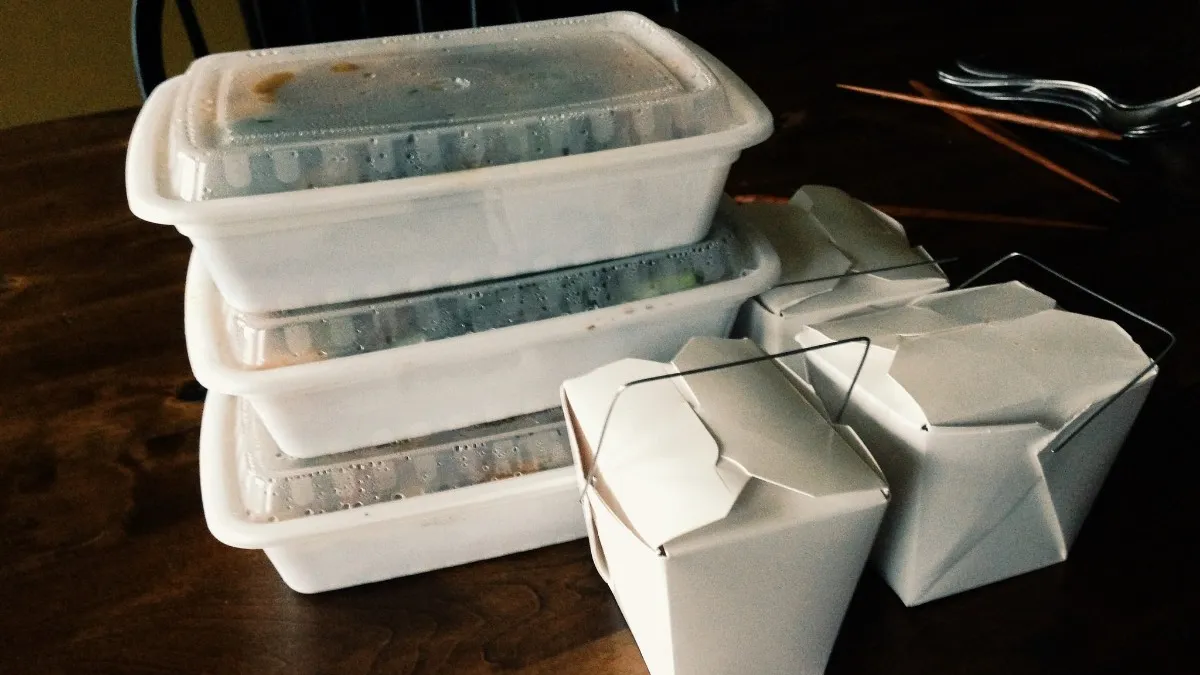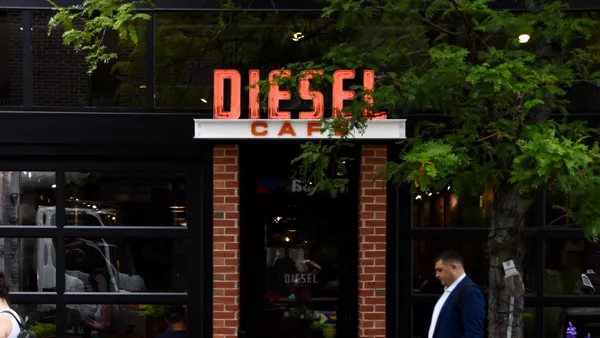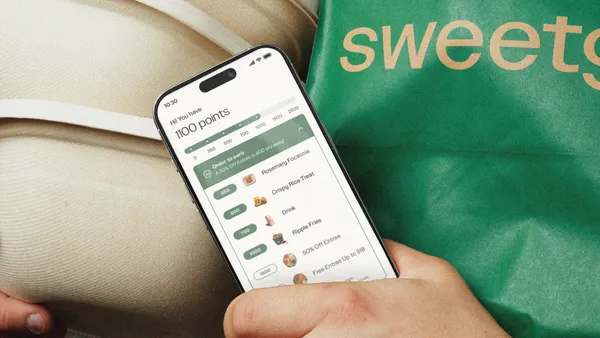Dive Brief:
- While 58% of all foodservice orders are placed for carryout or delivery, customers place 78% of their delivery orders directly through restaurants, according to Technomic’s 2018 Takeout & Off-Premise Consumer Trend Report. Of regular takeout customers — those who order at least once a month — 68% order at least three to four times per month.
- About a third of customers surveyed said they order takeout more frequently compared to two years ago due in large part to the ease of mobile apps and amenities, the survey found.
- Sixty-seven percent of third-party delivery platform users say they would pay for a monthly membership to avoid delivery fees.
Dive Insight:
The news that 78% of takeout orders bypass third-party delivery services is interesting given prominent restaurant deals with the likes of Grubhub, Uber Eats, Postmates and DoorDash. These third-party platforms, however, continue to fill a void that independent restaurants can't match: the sophisticated, easy-to-use mobile app and 24/7 customer service. Chains, meanwhile, can’t refuse the top-of-mind presence they gain from promoting their brands on these apps.
Technomic's consumer insights manager Bret Yonke said in a press release that those third-party services will likely consider subscription packages to increase customer loyalty and offer additional perks beyond waiving fees. Postmates and DoorDash have launched such membership programs, set at $9.99 per month. In November, Uber Eats launched a free rewards program where customers accrue points from ordering delivery and hailing rides.
That kind of tech might appeal only to younger consumers, but that makes sense considering that a majority of delivery customers fit that description. As more millennials start families, they will continue to upend restaurant traffic: 90% of millennial parents order takeout at least once a week, according to Technomic's 2017 Millennial Parents Insights report. About three-quarters of millennials without kids follow the same patterns.
Restaurants can try to stay ahead of these trends by giving millennials what they want, which leans heavily toward healthy, customizable and convenient foods. In addition to the power of choice, these consumers also demand higher nutritional value and sustainability from their food products and the businesses that sell them. They have found a friendly face in fast casual restaurants, the fastest-growing restaurant segment.
Grubhub's annual Year in Food report found that 40% of consumers order fast casual most often, trailed by quick-service at 32% and casual dining at 24%. Panera has built its own robust takeout and delivery model — supported by a major focus on self-order kiosks, a mobile app and worthwhile rewards program — while even Starbucks has teamed up with Uber Eats.
Despite the obvious race to dominate the delivery space, it will likely take years before costs fall far enough that quick-service delivery becomes worth the cost. Sandwich chains tend to lead customer satisfaction when it comes to quality from delivered foods because the product travels so well; soggy fries have plagued quick-service chains including McDonald's.
Still, casual dining spots have noticed the trend and polished their takeout game to compete. Off-premise sales now comprise 16% of Buffalo Wild Wings' sales, for instance, so the sports restaurant unveiled a new store model last month that features a standalone to-go room with a separate entrance and designated parking spots.
These developments will no doubt continue as the industry adapts to evolving consumer demands, which increasingly is taking the form of carryout and delivery from traditional restaurants and ghost kitchens alike. UBS predicts the online food delivery market will grow from a $35 billion business today to $365 billion by 2030.














